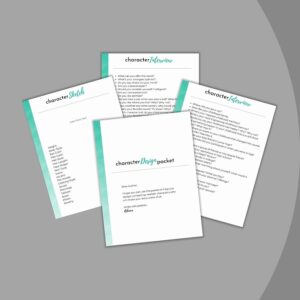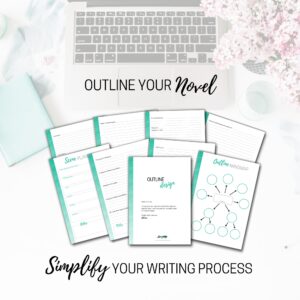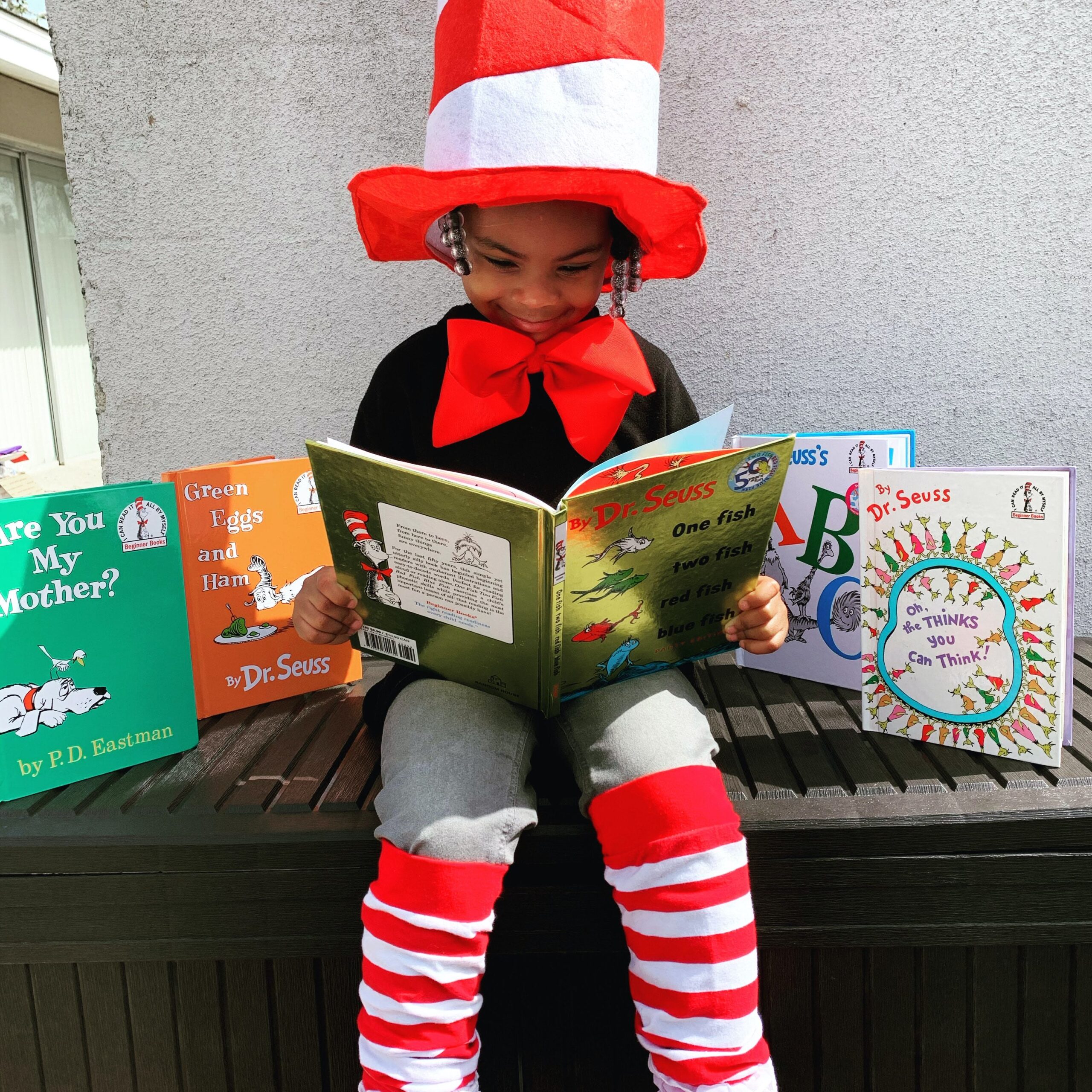
Manuscript Submission Cover Letter
You’ve written your book, had it critiqued and edited, and now you’re ready to submit it. Take a little time to celebrate–you deserve it! Writing a book, any book, is hard work and you’ve accomplished a great task! Congratulations!
Now, you want to make sure you submit it properly, so let’s go over a manuscript submission cover letter.
The following information is for authors who are submitting an unsolicited manuscript to a publishing company. If you’ve already made a contact with an editor at a conference or through other communications and the editor has requested your manuscript, you can adjust the tips in this article.
Likewise, if you are submitting a manuscript to an agent, you will still want to include a cover letter.
Purpose of the Cover Letter
A cover letter is different from a query letter.
The purpose of a query letter is to ask an editor if she would be interested in reading your work. In a query letter you provide a hook to interest the editor and you keep it short and simple.
A cover letter is what you include with your manuscript. A cover letter should also include a hook, but its purpose is to let the editor know more about you and your work.
If you’ve only included a few chapters in your submission packet, your cover letter will resemble a query letter in that you will want to ask the editor if she would like to read more. Be sure to let her know that the manuscript is complete.
Template for a Cover Letter
A cover letter should include your contact information in the header, followed by the contact information for the editor.
You should then include the date and on the next line a salutation. Again, be sure that you not only know the name of the editor, but that you spell his or her name correctly. Many editors have commented that a misspelled name is a turn-off and you don’t want to give the editor any reason to discard your letter.
First Paragraph
In the first paragraph of the cover letter you should give a brief overview of the story, including a hook to entice the editor to actually read your enclosed manuscript. If you’ve included the entire manuscript in the submission, you can give a brief synopsis of the complete story.
Second Paragraph
This paragraph should contain all the pertinent information about the manuscript. Be sure to list the title, word count, intended audience, and if this book is part of a series.
Third Paragraph
In this paragraph mention previous publishing credits, memberships in professional organizations, experience that qualifies you to write this story, or any other information that will help an editor get to know you in a professional manner.
Closing Paragraph
End the letter informing the editor if you have enclosed an SASE (self-addressed stamped envelope). Check the submission guidelines to see if the publisher requires an SASE. Today, many publishers allow electronic submissions, so an SASE won’t be necessary, but so make sure you have all the correct information so the editor can contact you.
Thank the editor for his/her time and consideration and let him/her know you’re looking forward to hearing from him/her. Sign your name.
Conclusion
Cover letters are similar to query letters, but aren’t exactly the same. Be sure to recognize the difference and send the appropriate letter to the editor.
The cover letter is often times the first contact between an author and an editor or agent, so you want to make sure it is professional, includes the necessary information, and is concise. Editors and agents receive hundreds of submissions, so make sure you follow their guidelines and submit not only the best manuscript you can, but also the best submission package (according to guidelines) that you can.
Submitting a manuscript is stressful, but following these tips can help alleviate some of the stress.
***Have you received my FREE course: Become an Idea Factory? You can click here to learn more about it. It’s a 7-day course delivered right to your inbox that helps you learn how to generate ideas. I know these techniques work because I use them! Find out more here.
***If you need some help creating your characters, download my free Character Design Packet here. It will help you create compelling, unforgettable characters that will make your story come alive.

***Need help writing your first chapter? Check out my course: Writing a Fantastic First Chapter.
In this course, Writing a Fantastic First Chapter, you will learn what components you need to include in your first chapter to hook readers. With examples and assignments, you will put into practice what you learn and you can ask questions all along the way. A first chapter checklist, a character sheet, and a character interview are all included as downloads.
Don’t try to write a first chapter in the dark. This course will shine the light on what elements you need to help you navigate writing the all-important first chapter, so you can win over readers.
***Simplify your writing process. Use these worksheets for writers to help you outline your novel.

***Do you already have a manuscript? If you can’t afford an editor, you might be interested in Pro Writing Aid Writing Software. This writing software helps you improve your writing to be the best it can be. It’s like having your own private editor for a fraction of the price. You can try it for free for 2 weeks. You can click here to learn more about it.
***This post may contain affiliate links which may compensate me with no additional cost to you.




